We have compiled all the information you need to know about the Diwata-1 & 2 and the Maya-1. Click each photo to know more! #Diwata #Maya #dostPH
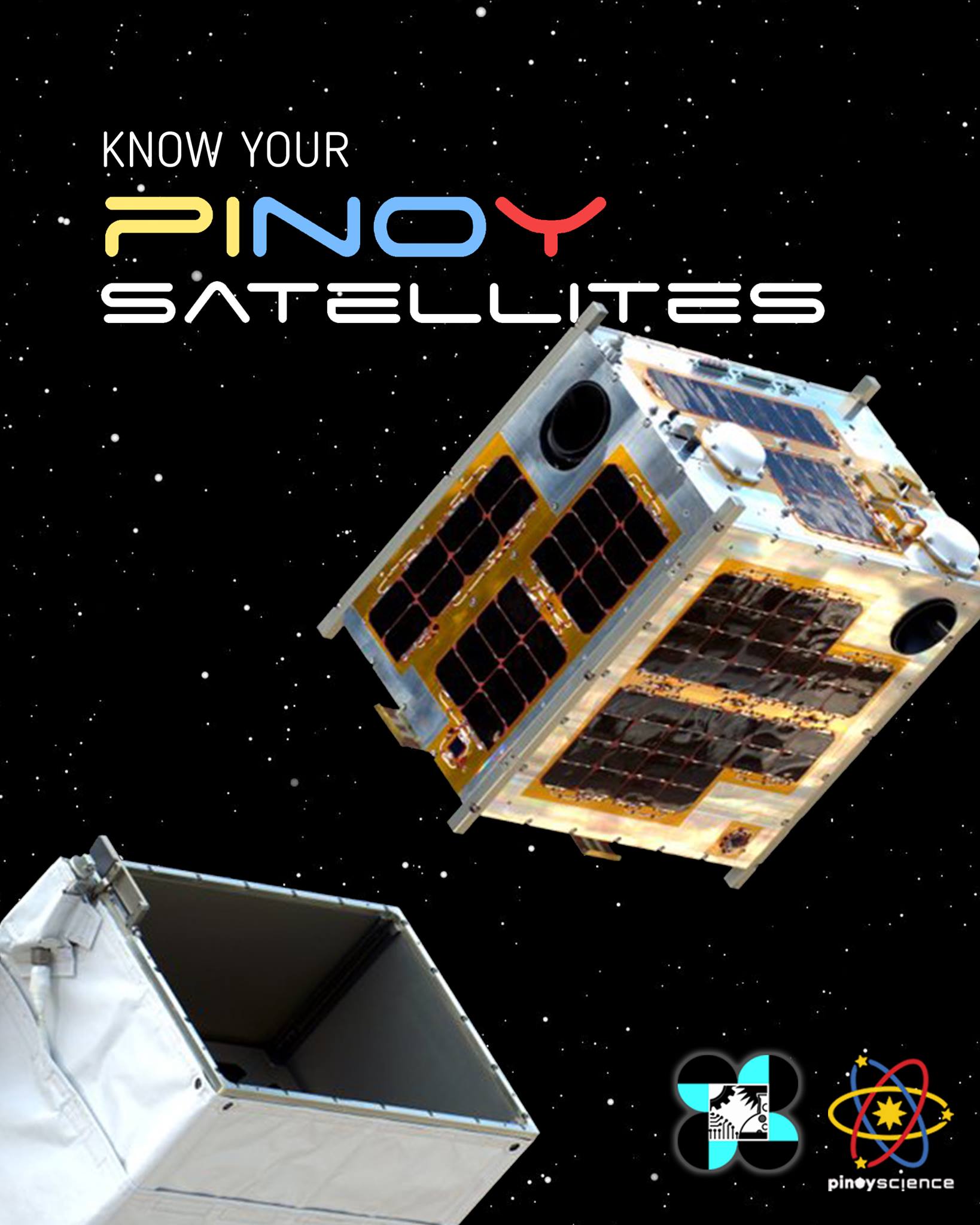

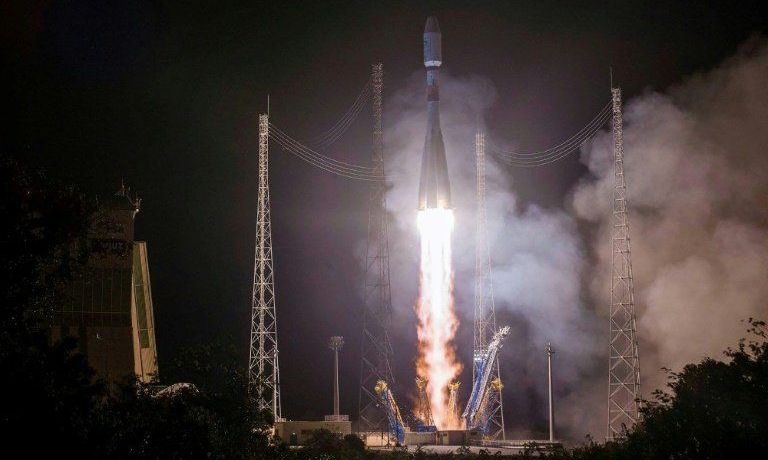
Imagine an airport where thousands of planes, empty of fuel, are left abandoned on the tarmac. That is what has been happening for decades with satellites that circle the Earth.
When satellites run out of fuel, they can no longer maintain their precise orbit, rendering them useless even if their hardware is still intact.
“It’s literally throwing away hundreds of millions of dollars,” Al Tadros, vice president of space infrastructure and civil Space at a company called SSL, said this month at a meeting in the US capital of key players in the emerging field of on-orbit servicing, or repairing satellites while they are in space.
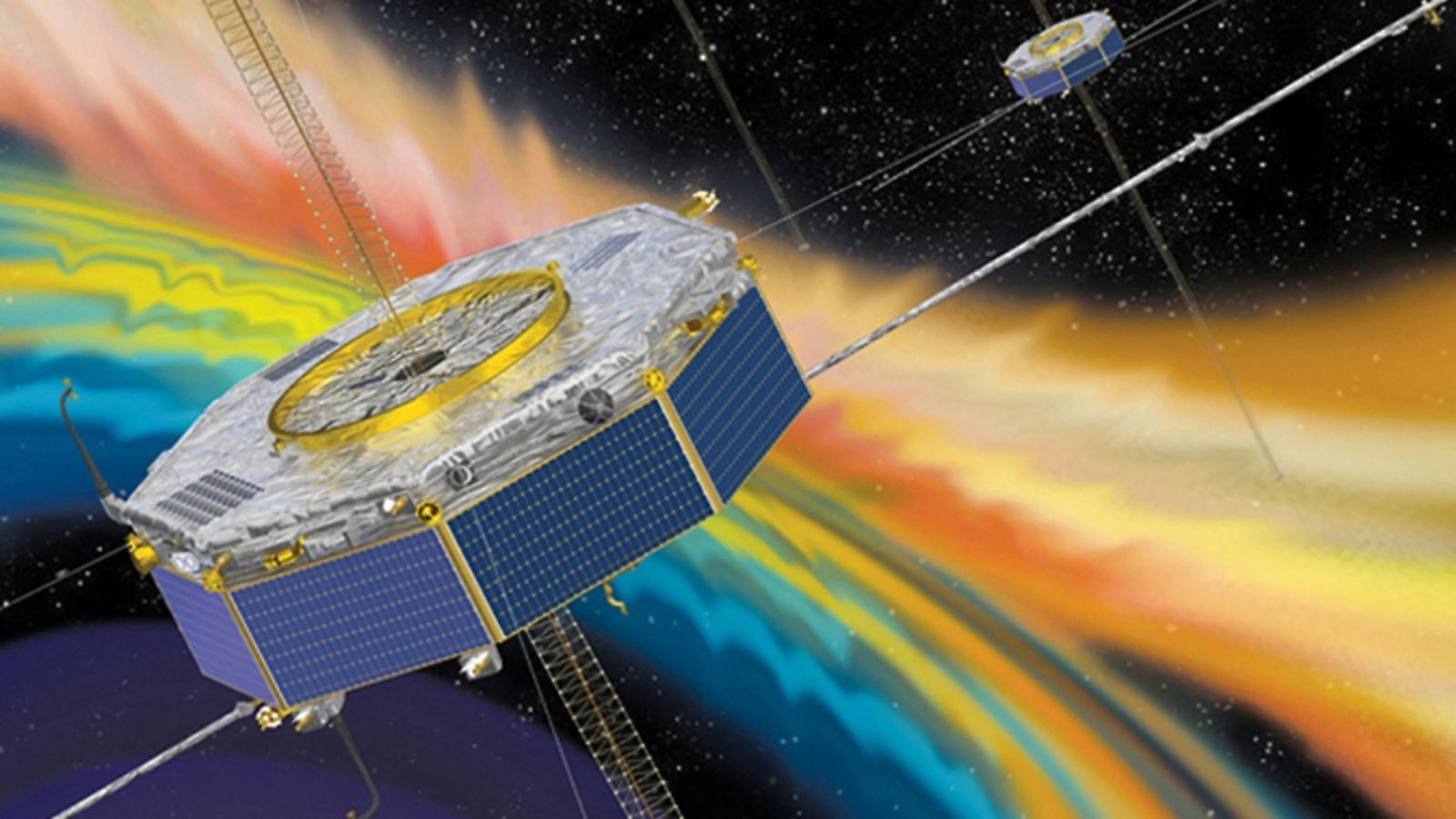
Magnetic fields around the Earth release strong bursts of energy, accelerating particles and feeding the auroras that glow in the polar skies. On July 11, 2017, four NASA spacecrafts were there to watch one of these explosions happen.
The process that produces these bursts is called magnetic reconnection, in which different plasmas and their associated magnetic fields interact, releasing energy. The Magnetospehric Multiscale Mission (MMS) satellites launched in 2015 to study the places where this reconnection process occurs. This newly released research shows for the first time that the mission encountered one of these reconnection sites in the night side of the Earth’s magnetic field, which extends behind the planet as a long “magnetotail.”

SpaceX today received US approval to deploy 7,518 broadband satellites, in addition to the 4,425 satellites that were approved eight months ago.
The Federal Communications Commission voted to let SpaceX launch 4,425 low-Earth orbit satellites in March of this year. SpaceX separately sought approval for 7,518 satellites operating even closer to the ground, saying that these will boost capacity and reduce latency in heavily populated areas. That amounts to 11,943 satellites in total for SpaceX’s Starlink broadband service.
SpaceX “proposes to add a very-low Earth orbit (VLEO) NGSO [non-geostationary satellite orbit] constellation, consisting of 7,518 satellites operating at altitudes from 335km to 346km,” the FCC said in the draft of the order that it approved unanimously today. The newly approved satellites would use frequencies between 37.5 and 42GHz for space-to-Earth transmissions and frequencies between 47.2 and 51.4GHz for Earth-to-space transmissions, the FCC said.
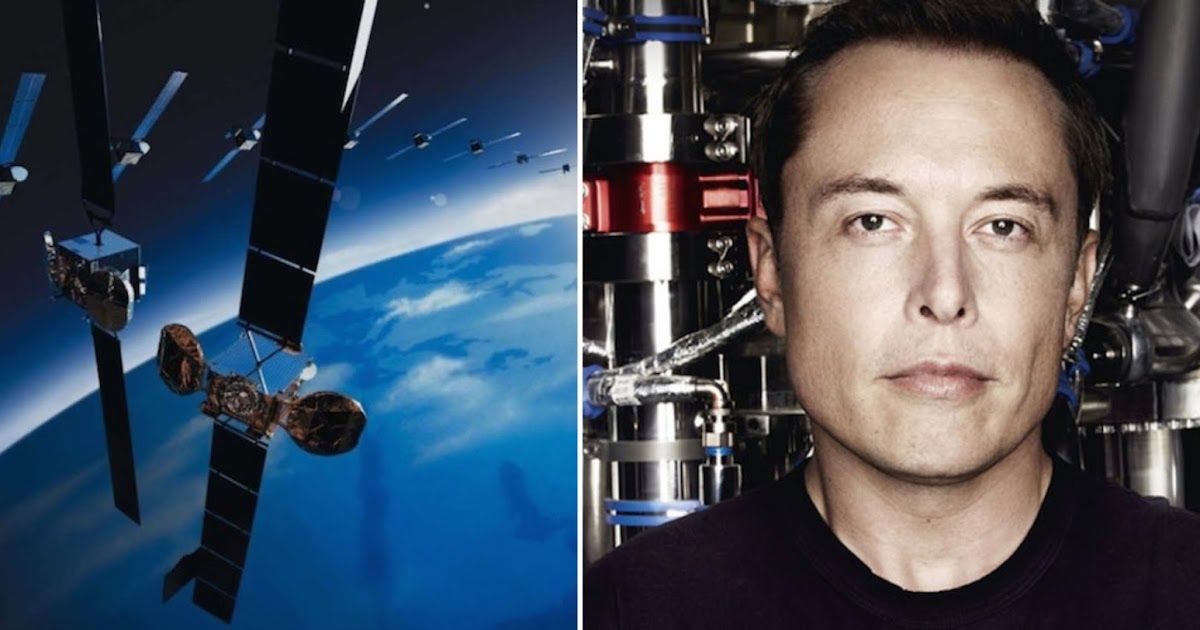
The very same guy, who invented PayPal, created the Tesla Cars, plans to create “SolarCities” and developed cars that will make money for you when you don’t use them, has ANOTHER brilliant idea. Elon Musk plans to launch 4,000 low-orbit satellites in order to give free internet access worldwide, two of them has already been launched a month ago.
The billionaire’s company, SpaceX, revealed the initial framework of the plan in January, with the official request being submitted to the Federal Communications Commission.
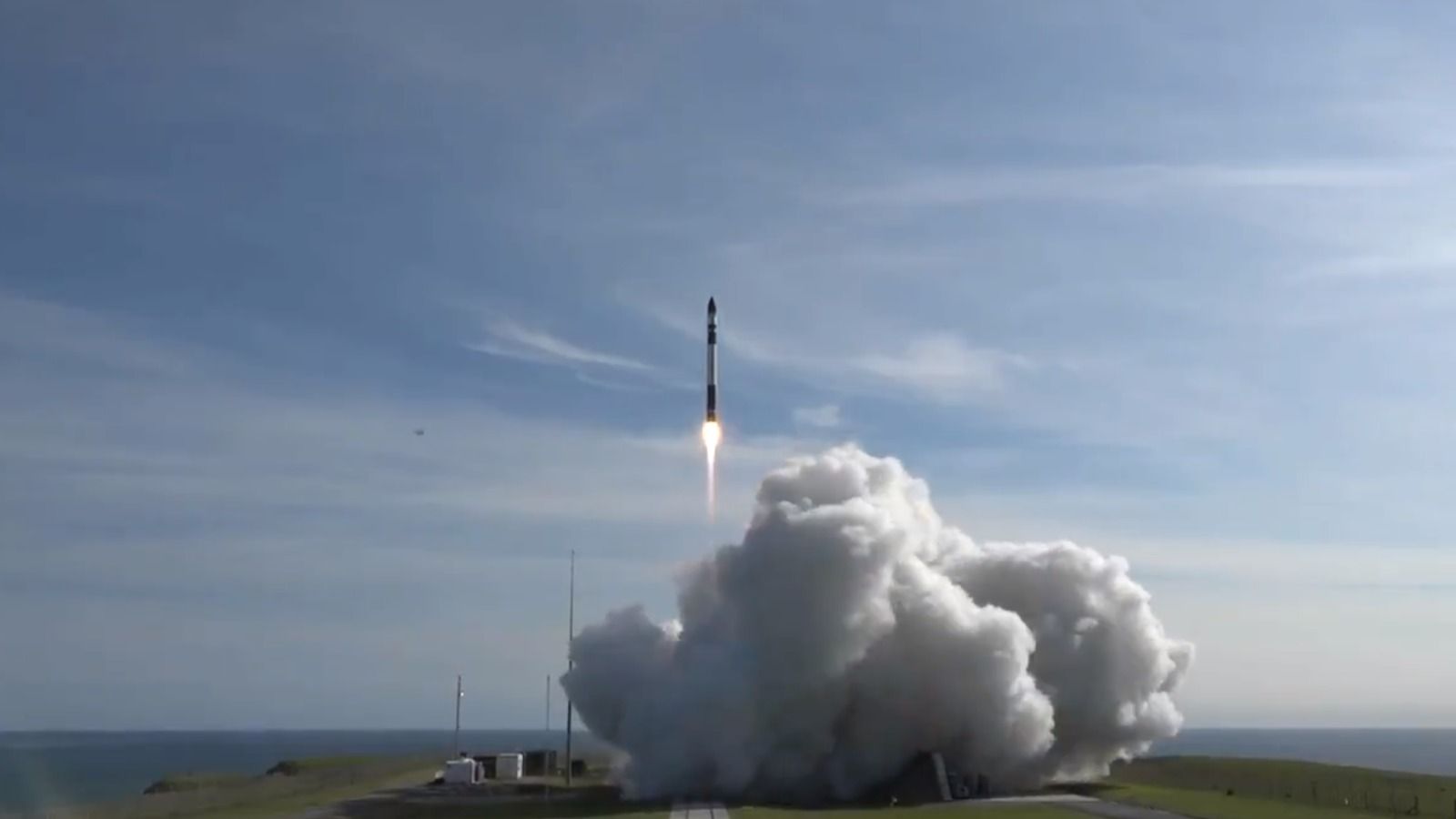
U.S.-based aerospace manufacturer Rocket Lab completed its first successful commercial launch on Saturday, sending seven spacecraft including “six tiny satellites and a drag sail demonstrator” into orbit aboard a relatively small Electron rocket designed primarily for smallsats and cubesats, Spaceflight Now reported.
The UK’s first quantum accelerometer for navigation has been demonstrated by a team from Imperial College London and M Squared.
Most navigation today relies on a global navigation satellite system (GNSS), such as GPS, which sends and receives signals from satellites orbiting the Earth. The quantum accelerometer is a self-contained system that does not rely on any external signals.
This is particularly important because satellite signals can become unavailable due to blockages such as tall buildings, or can be jammed, imitated or denied – preventing accurate navigation. One day of denial of the satellite service would cost the UK £1 billion.


Turbulence in this sea of charged particles can interfere with satellites 🛰 as well as communication 📡 and navigation 📶 signals. When it launches tomorrow, our #NASAICON mission will watch and image airglow, helping scientists better understand the extreme variability of the region where Earth meets space.